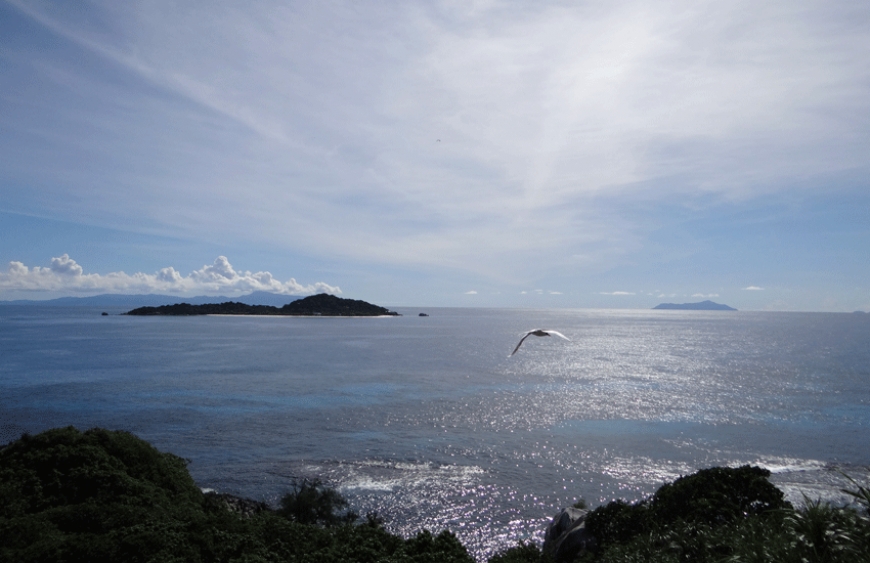In the past the Seychelles National Meteorological Services (SNMS) has been under immense pressure from its users to provide accurate and reliable ocean forecasts and, too often, it had to answer questions as to why the forecast was not correct and precise. This forecasting tool is therefore very important to address the constraints the SNMS has been experiencing for years in order to provide its customers and public in general with good oceanic forecasting. Furthermore, this forecasting tool has come at the right time as Seychelles is proactively advocating and promoting the concept of the Blue Economy and that with the setting up of the Blue Economy Research Institute, it will further enhanced the development of this sector.
Established in 2009, RIMES is an international and intergovernmental institution, owned and managed by its 32 Member States, including Seychelles, for the generation and communication of early warning information, and capacity building for preparedness and response to trans-boundary hazards. RIMES with its administrative centre in Maldives and its technical supporting centre based in Thailand, its early warning centre provides early warning services for enhanced preparedness, response, and mitigation of natural hazards, according to differing needs and demands of its Member States, facilitates establishment and maintenance of regional monitoring networks and ensure data availability for early warning, provides regional tsunami watch, supports national meteorological and hydrological services for providing localized hydro-meteorological risk information and supports warning response capacities at all levels (national to community) within each national early warning framework.
To support the operationalization of the ocean forecasting model, a wave rider buoy has just recently been installed around the Fregate. This equipment, the first of its kind to be installed in the Seychelles, is providing data to INCOIS so that they can perform model verification to ensure good performance of the model they have provided to the Seychelles. The buoy is equipped with sensors to measure in real time oceanographic parameters like wave height, swell waves, currents, sea surface temperature and others. The information on the state of the sea is also vital for the smooth operation of fishermen, offshore industries such as oil and natural gas exploration, mineral exploration as well as recreational tourism on the sea side. Furthermore, oceanographic information is important during contingencies like search and rescue operations in the sea and for containing oil spills. It is also important during cyclones and other extreme weather conditions to alert the general public of the coastal stretch under risk so that the population under threat is relocated to safer places.
As an African Small Island Developing States (SIDS) SNMS is also currently receiving technical support under the United Nation SAMOA Pathway to address the issue of climate change. Just last month the local institution was benefited with a downscaled climate model. The weather forecasting tool provides access to up-to-date accurate wind and weather predictions, formatted to suit operational requirements of Seychelles local conditions, something which was quite difficult to do in the past due to the complexity of the terrain which prevented the model from producing accurate forecasts.
The Seychelles National Meteorological Service is also embarking on a new project in which to deploy and operate Point-to-Point / Point-to-Multipoint wireless device within the 2.4 GHZ and possibly the 5 GHZ wireless frequency range with the aim of supporting data and information transfer for climate related services. We will therefore be using the wireless network to interconnect existing and new automated weather related systems located within the inner islands of the Seychelles Exclusive Economic Zone.

